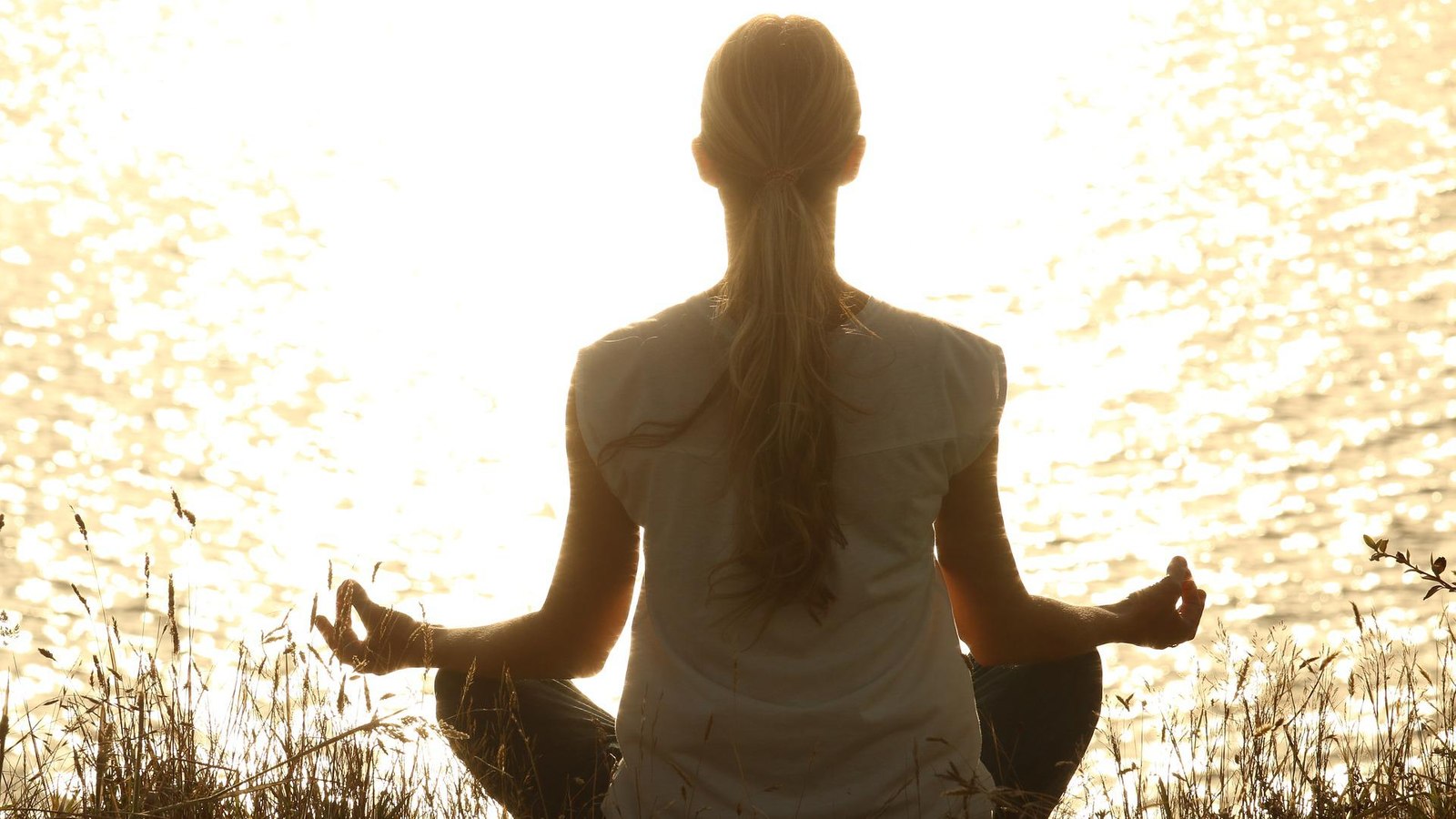
In the world of law enforcement, where chaos and high-stress situations are a part of daily life, finding a way to maintain focus, composure and mental resilience is essential. In the quest to explore the transformative power of mindfulness within this demanding profession, Crawford Coates – author of the “Mindful Responder” – sat down with Sergeant George Ryan, a 32-year veteran law enforcement officer, to discuss how meditation became not just a practice but a lifelong commitment spanning over four decades.
Crawford Coates: How were you introduced to meditation?
Sergeant George Ryan: My 10th-grade teacher in high school introduced me to meditation. One afternoon, he asked his class to put our books underneath our chairs. He began talking to us about meditation and its incredible benefits. A couple of minutes later, he started our first practice by dimming the lights and verbally walking us through a visual meditation.
In the beginning, I could hear some kids chuckling under their breath in the back of the room. However, that did not appear to bother him. He continued eloquently walking us through the meditation. I immediately found the practice to be relaxing and energizing at the same time. Afterward, my mind was clear and positive – I felt like I had a new superpower. Since that day, meditation has been part of my life.
Coates: What does meditation provide that you see as beneficial?
Ryan: Overall, meditation has positively impacted my mind, body and spirit. It has always given me a sense of presence, relaxed awareness and stillness. Through regular practice, it has also greatly enhanced my intuition. Furthermore, meditation has magnified my ability to laser-focus on any situation, task, project, or other meaningful aspect of life. Therefore, I consider meditation as a form of elite cognitive training. These positive impacts are especially transformative for first responders.
For example, first responders are subjected to a tremendous number of critical incidents throughout their careers. Meditation helps the first responder to detach from the trauma of the critical incident and focus on what needs to be done for a successful resolution. In my opinion, the ability to detach and focus during critical incidents helps negate any potential negative effects of the incident. Thus, meditation mitigates the emotional and physical effects of stress and trauma.
Coates: A lot of people start meditating – maybe because it’s recommended by a friend during a stressful time – but then they abandon it. Why has it stuck in your case?
Ryan: Most first responders have a frustrating experience trying meditation. Some think it actually “sucked.” At least, that is what many first responders have shared with me. However, this struggle is not their fault. Most meditation instructors prescribe too much time for the first practice. Less time is better! First responders must slowly build an adaptation to actually sitting still and gently quieting their minds. Also, while adapting to meditation, first responders must remind themselves that it is a worthwhile process that can dramatically change their lives.
Personally, meditation allows me to possess and further enhance a real superpower. This superpower is the ability to actively achieve a mental state that is both relaxed and positive no matter how chaotic the circumstances are around me so that I can laser-focus on the task at hand.
Coates: Why should first responders adopt meditation?
Ryan: Scientific studies show meditation offers many life-changing benefits. These include improved concentration, accelerated cognition, lowered heart rate and blood pressure, reduced stress, decreased tension and increased heart rate variability (HRV).
Beyond those incredible benefits, meditation facilitates the ability to excel in both professional responsibilities and life as a whole. So, all first responders have access to a tool that can enhance their performance during times of crisis or other important daily tasks.
As little as 10 minutes of daily meditation a day can create all of the aforementioned benefits. Such a small investment is truly life-changing.
Coates: Having taught this for as long as you have, what has the reception been?
Ryan: For many years, meditation has received a degree of skepticism and criticism. Nonetheless, of the many people I have met who regularly mediate, every one of them truly believes in and experiences its incredible benefits.
While teaching first responders, I have received remarkable feedback. This is partly because I frame the practice around maximizing their current environment and lifestyle. In doing so, first responders understand that meditation does not have to compete with their busy schedules and daily work challenges. This understanding allows them to focus on the meditation itself.
Moreover, sitting still and gently focusing on a word, sound, phrase, visual, breath, etc., is an undeniable adjustment. However, I remind first responders to balance their expectations when they begin. Accordingly, they realize that this new practice should not cause stress. Instead, it should enhance presence and relaxation. Meditation is about them and for them.
Lastly, I advise first responders that high-level collegiate sports teams and elite military units have integrated meditation to enhance peak performance and recovery training. Sometimes, this is enough encouragement for first responders to either initiate a practice or to keep practicing.
Coates: Any tips for those who might be starting out in a meditation practice?
Ryan: Enjoy the process. Think of meditation as an epic journey toward elite cognitive training. It is a journey of allowing yourself the time to go inward – feeling and experiencing presence. That experience is a rarity for most first responders who have busy brains. Also, realize that it is okay to have thoughts during meditation. Do not judge them. Simply return your attention to your mantra, word, sound, phrase, visual, or breath. It is that simple. In time, you will experience the bliss of presence and the art of “Just Be.”
George Ryan is a sergeant with a major Southern California agency. He spent 17 years on a full-time SWAT team, and he created his department’s Peak Performance and Recovery Training program. George can be reached at George@R3Tactical.com.


